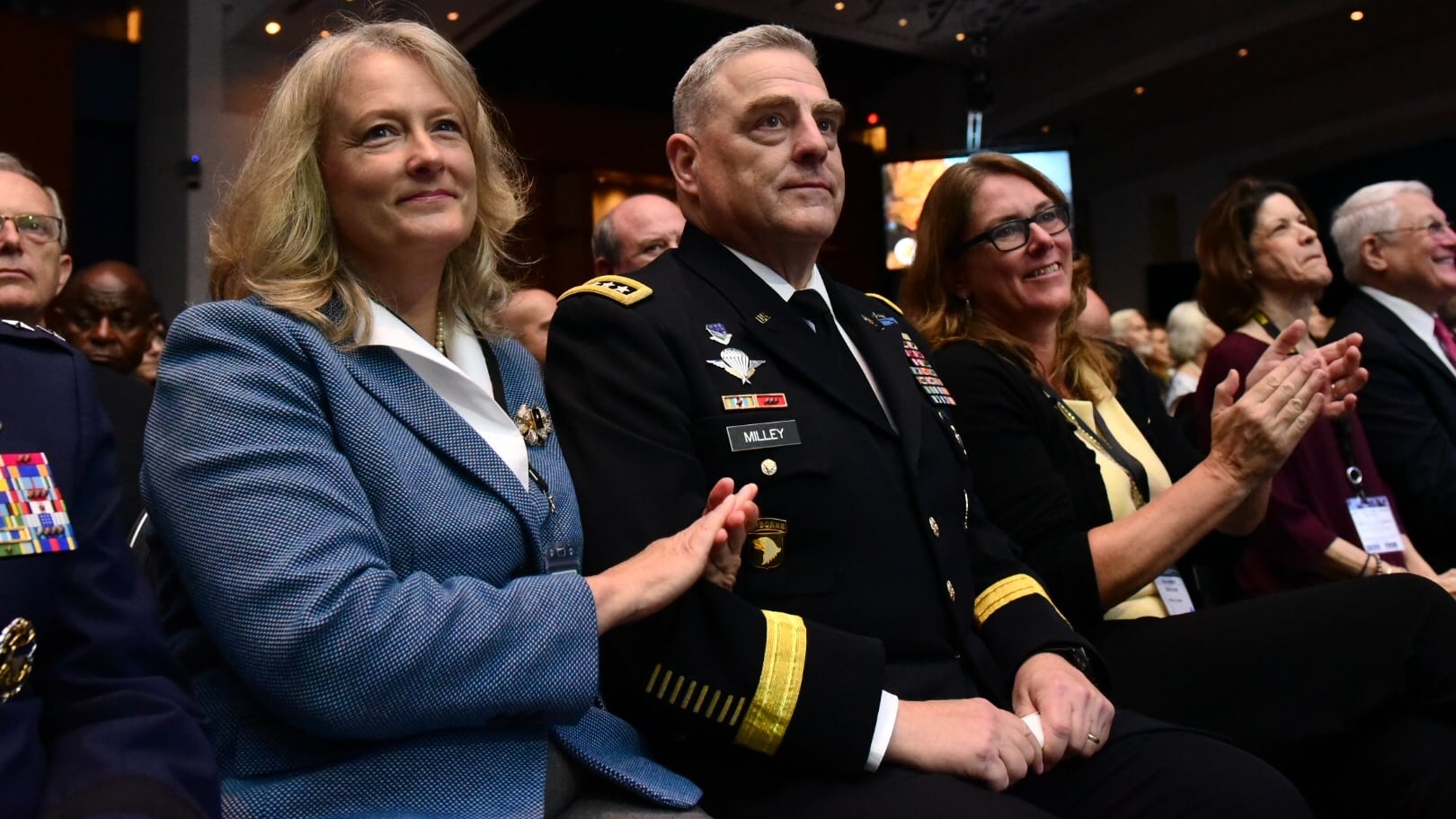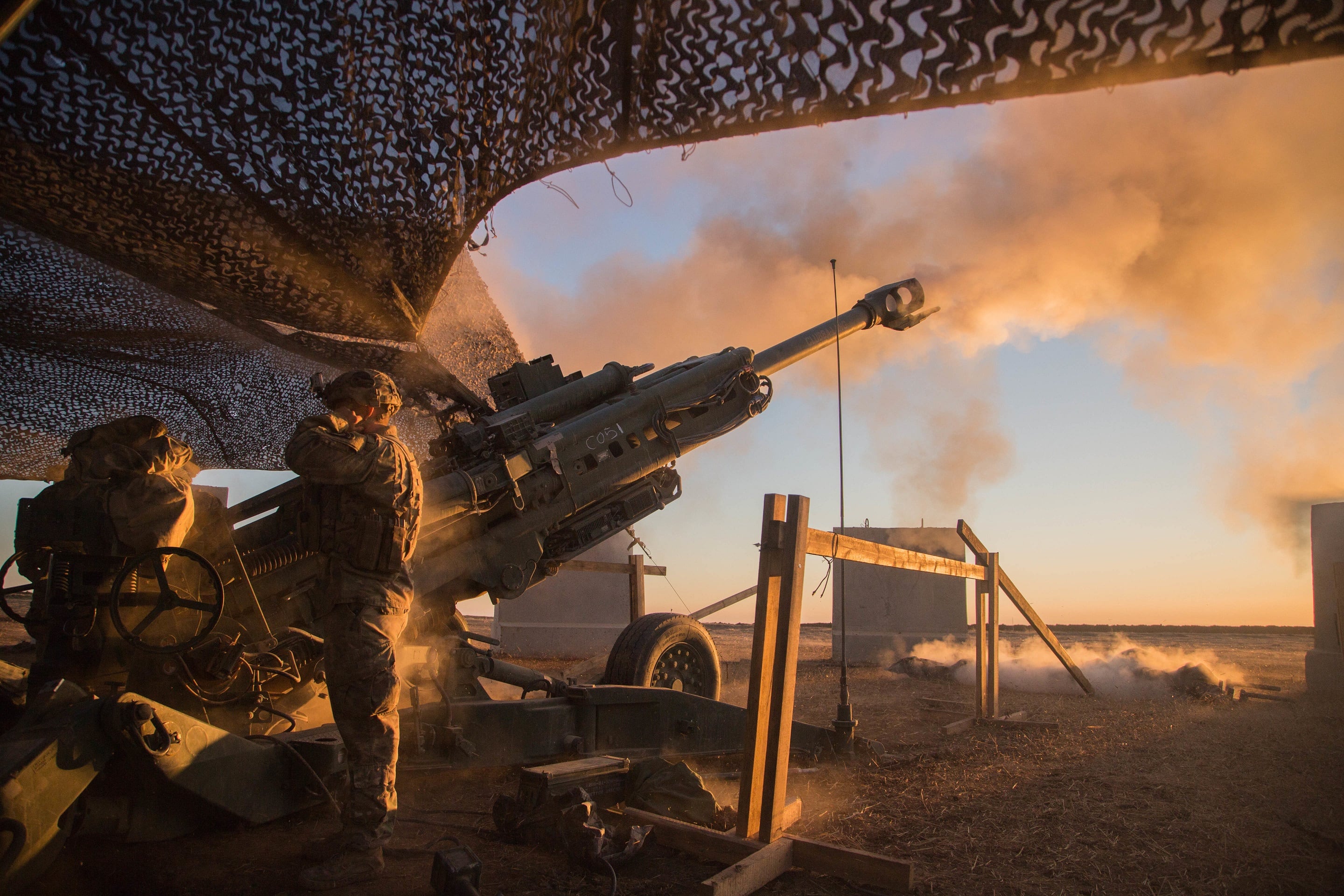As he enters his fourth year as the Army’s top general, Army Chief of Staff Gen. Mark Milley continues to push for a more ready, lethal and focused force, one that’s always training for the next fight.
This includes pushing ahead on key modernization efforts to make sure soldiers have the best equipment the Army can provide.
"It's the infantry, still today, that suffers 70 to 80 percent of the casualties. I want those kids to have the best, bar none, with nothing held back," Milley said. "We owe it to them."
What’s your assessment of the Army today?
We’ve made some really good progress over the last couple of years. Some external factors have contributed. One is the budget. The second is the op tempo relative to the war in the Middle East.
At one point in time, when I first became the chief, people were actively talking about an [active] Army of 420,000 [soldiers], some were saying 400,000. Those conversations largely are over. So, in terms of manning and strength, I think the bleeding, if you will, the reduction in forces, has stopped.
That’s good news.
That doesn’t mean we don’t have challenges. We do. There are still holes in too many units. We have units, battalions, brigades going to premier training events at less than optimal strength.
Optimal strength I would define as in excess of 90 percent. We are not there yet because we still have gaps and holes in many of our operational units, but there are less gaps and holes than there were 36 months ago.
For more coverage from the AUSA annual meeting, click here.
How is the Army preparing for the next war or challenge?
We refocused on great power competition, or higher-end warfare or full-spectrum operations.
What we did was we wanted to replicate the capabilities that are out there amongst the near-peer competitors, Russia, China, North Korea. We merged them together into an operational environment so that the [opposition forces at the combat training centers] would replicate those types of threats.
The Army is back into doing gunneries on a routine basis. Artillery units are back into doing mass fires. Attack aviation units are back into doing significant aviation operations and air assault operations and so on.
So, across the board, across the entire Army, there has been a refocus. We are hitting the sled repeatedly over and over and over again.

What’s next as you continue to refocus?
I knew we were going to have to shift gears at some point and put a focus on modernization. Secretary [of Defense Jim] Mattis was very plain in his national defense strategy [and] the return of great power competition.
In order to do that, you are going to have to have the capability to shoot down enemy fixed wing, rotary wing, and missiles. So we have got to, in some cases, rebuild, and in other cases innovate brand-new systems that are capable of protecting our tactical units in that type of war.
We have good capability with Patriot and THAAD, but our SHORAD has really been depleted over time, so we are rebuilding that.
We are exploring lots of different innovations in terms of modernization, and we think we can field some things in relatively short order to significantly improve that capability.
I think the American soldier should have the absolute, without question, best equipment, from head to toe, that the American people can possibly afford. That’s everything from the helmet to the goggles to the rifle to the pistol, to the body armor, the uniform, the boots, you name it.
RELATED

How will the Army afford this?
We cut every single nickel out of the office[s] of the Chief of Staff of the Army and the Secretary of the Army, cut our electricity bill, cut all our computers, cut all the paper we use, cut every single person up here by half, cut the entire Army staff in half, cut all other kinds of budget.
Do not cut the ability of soldiers to have lethality and readiness on the battlefield. That is the last of the cuts.
You don’t cut unit end strength. You don’t cut drill instructors, recruiters. For too many years those are the first things to give way. No, absolutely not.
Cut everything else. Cut aides, cut bands, cut whatever perks people have.
Cut everything before you start cutting shoot, move, communicate for ground forces. That’s my opinion.
Michelle Tan is the editor of Army Times and Air Force Times. She has covered the military for Military Times since 2005, and has embedded with U.S. troops in Iraq, Afghanistan, Kuwait, Haiti, Gabon and the Horn of Africa.





